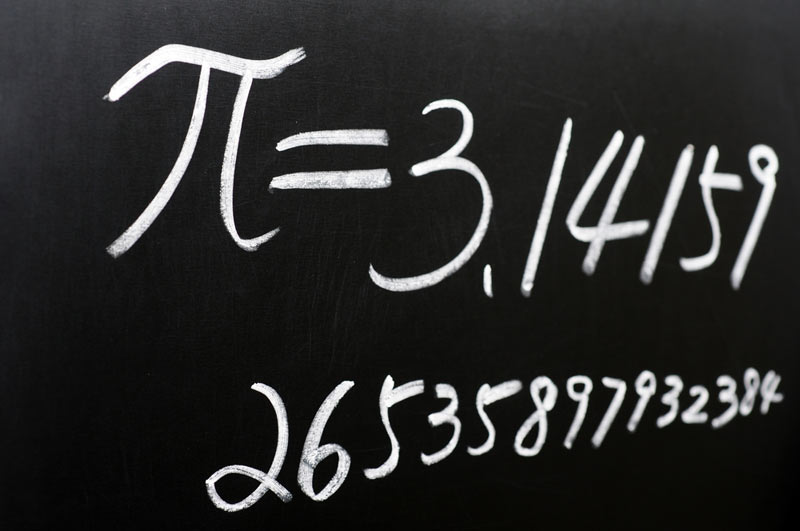American Pi: US Population Hits 3.14 Hundred Million Tuesday

Math geeks everywhere observe Pi Day on March 14. But Aug. 14, 2012, is also a special day for the beloved and never-ending irrational number.
Just after 2:29 p.m. EDT today, the American population reached 314,159,265, or pi (3.14159265) times 100 million, according to the Census Bureau's population clock.
"This is a once in many generations event ... so go out and celebrate this American pi," demographer Howard Hogan said in a statement from the Census Bureau.
Pi, or in symbol form, π, is the ratio of the circumference of a circle to its diameter. Computer scientists have calculated billions of digits of pi, starting with 3.14159265358979323… But because no recognizable pattern emerges in the succession of its digits, we could continue calculating the next digit, and the next, and the next, for millennia, and we'd still have no idea which digit might emerge next.
Pi has long fascinated mathematicians, with some of the greatest thinkers putting their noggins to the task of calculating it. Perhaps the first to try his hand at pi was Greek mathematician and scientist Archimedes who in the third century B.C. is said to have determined the number fit somewhere between 223/71 and 22/7, or roughly 3.141 and 3.143.
Later, German-born mathematician Ludolph van Ceulen reportedly calculated pi out to 35 decimal places. His pi-pride can still be seen, as he had the numbers engraved on his tombstone. With buff computers, scientists have calculated pi to more than 10 trillion decimal places, according to educator Ron Hipschman, who has helped organize Pi Day celebrations since they began at the Exploratorium science museum in San Francisco, Calif.
While today may have mathematicians elated, grounded statistics suggest U.S. population growth has slowed recently. For instance, between 2000 and 2010 (April 10), the U.S. resident population increased by 9.7-percent, compared with a 13.2 percent increase documented between 1990 and 2000, according to the Census Bureau.
Get the world’s most fascinating discoveries delivered straight to your inbox.
On Oct. 31, 2011, the world population hit its 7 billion mark, with a whopping 10 billion individuals expected to reside on Earth by 2100.
Follow LiveScience on Twitter @livescience. We're also on Facebook & Google+.

